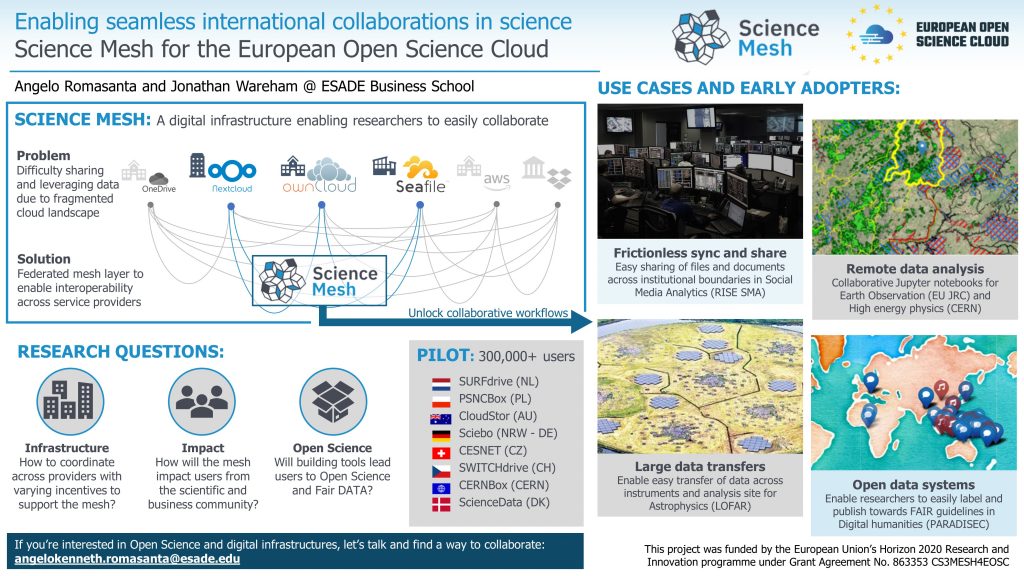The obesity wars and the education of a researcher: A personal account – I knew that scientific debates can get heated but this story is just on a different level. It’s just one side of the story though so it would be interesting to hear the other side.
Who do we invent for? Patents by women focus more on women’s health, but few women get to invent – Fascinating study in Science from business school academics. The researchers find that all-female inventor teams tend to address problems that women face. This study implies that there is a need for better representation in the sciences across groups; otherwise, major issues faced by marginalized groups may not be addressed adequately.
Venture Idea Assessment (VIA): Development of a needed concept, measure, and research agenda – develops a scale to assess venture ideas, independent of any agents tasked with pushing it forward. I thought the paper would be about various dimensions that one should consider in evaluating an idea. But, the final scale, in the end, was more “academic” than practical. It’s a good thought experiment though to imagine a venture idea devoid of any entrepreneur.
Forecasting AI progress: A research agenda – as someone who doesn’t know much about forecasting, I like how they list all the different methods under three main categories:
- Statistical modeling using indicators or metrics (e.g. extrapolation, simulation, benchmarks, bibliometrics)
- Judgmental forecasting techniques (e.g. delphi, prediction markets, blue team / red team)
- Hybrid methods
Decision making under deep uncertainties: A review of the applicability of methods in practice – didn’t know about DMDU until this paper. It’s a good introduction to the various techniques such as:
- Robust Decision Making (RDM)
- Dynamic Adaptive Planning (DAP)
- Dynamic Adaptive Policy Pathways (DAPP)
- Info-Gap Theory (IG)
- Engineering Options Analysis (EOA)
